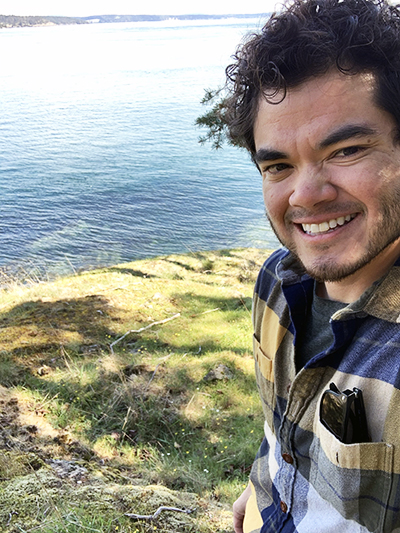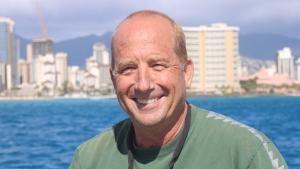To Quote a Scholar: Julia Douglas

"The generous support of the ARCS award facilitates both the completion of my PhD program and the establishment a long-term research component of my future career."
2024 Sarah Ann Martin ARCS Scholar Julia Douglas scales trees in Hawai‘i an Mexico to study endangered epiphytes growing in the canopies as part of her doctoral research in botany at the University of Hawai‘i at Manoa.

 “The increasing frequency and severity of global coral bleaching events, the devastation to reef ecosystems and the communities who rely on them led to my dedication to coral reef conservation.”
“The increasing frequency and severity of global coral bleaching events, the devastation to reef ecosystems and the communities who rely on them led to my dedication to coral reef conservation.”
